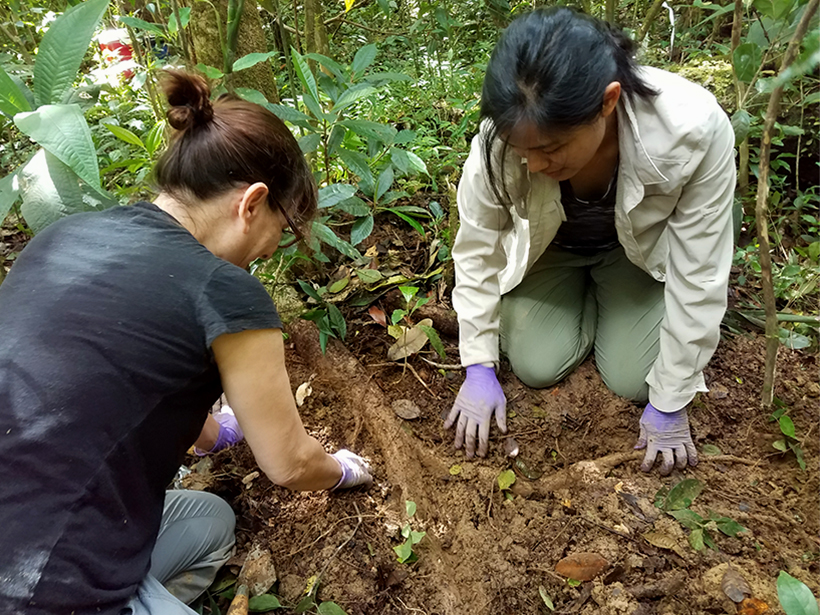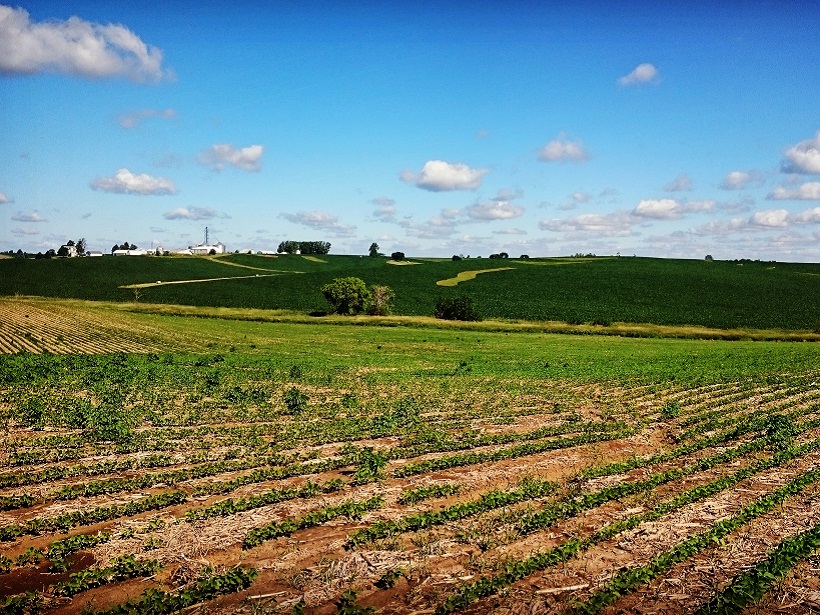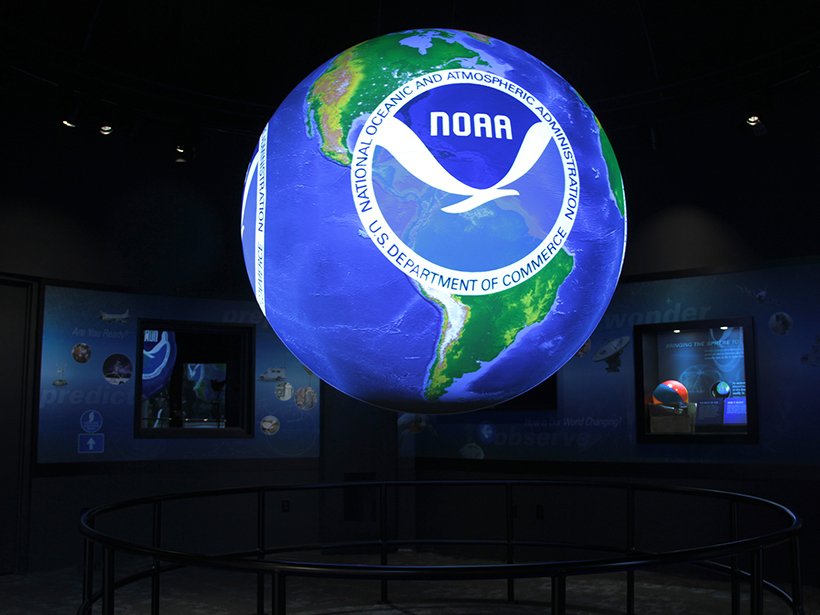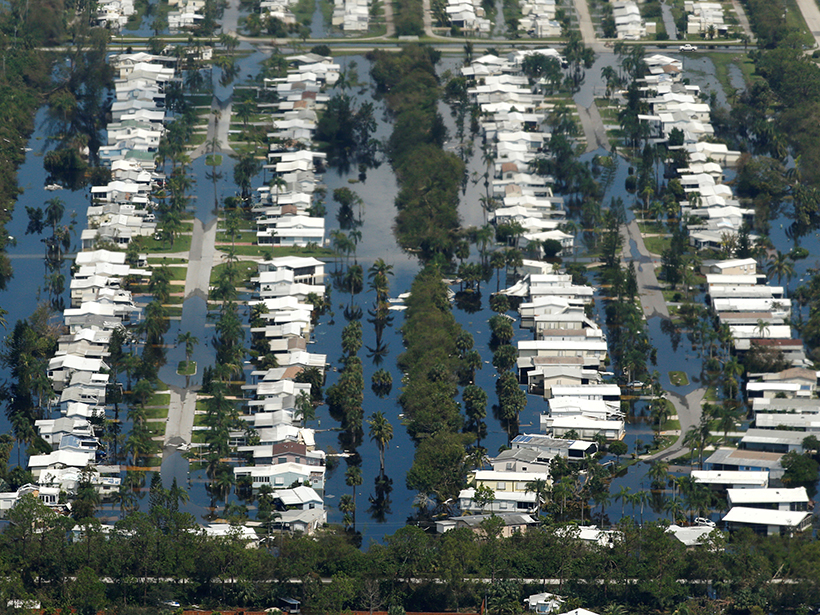The Department of Energy shutters a project aimed at improving climate models less than halfway through the expected decade-long run.
United States
Iranian Geoscientists’ Careers Hurt by U.S. Travel Policies
Three scientists spell out how travel bans, enhanced vetting, and burdensome bureaucracy, which collectively shape U.S. immigration law, have had lasting effects on their careers.
How Will Climate Change Affect the United States in Decades to Come?
A new U.S. government report shows that climate is changing and that human activities will lead to many more changes. These changes will affect sea levels, drought frequency, severe precipitation, and more.
Stories in the Soil
A series of field experiments in the U.S. Midwest is investigating how past, present, and future human activities and climate affect the health of soil.
White House Will Nominate AccuWeather’s Barry Myers to Lead NOAA
While some observers say Myers is a good fit, critics express concern about his lack of a science background and potential conflicts of interest.
Past FEMA Head Urges Smarter Rebuilding After Natural Disasters
Craig Fugate says the United States has an opportunity to rebuild more resiliently if Congress doesn’t simply provide relief money but also requires rebuilding to higher standards.
Playing with Water: Humans Are Altering Risk of Nuisance Floods
New research suggests that excessive groundwater usage and damming have changed the natural risk of nuisance floods, for better or worse, in eastern U.S. coastal cities.
Howling at the Moon with Eclipse Enthusiasts
From the reporters who stared at goats to poets who tweeted haiku, eclipse watchers across the nation flaunted their weird.
Eclipse’s Last Major Stop Is Rich in Science and Amazement
Eclipse celebrations and scientific preparations abound in the final large U.S. population center to see Monday’s total eclipse.
Quakes Pack More Punch in Eastern Than in Central United States
A new finding rests on the recognition that fault types differ between the two regions. It helps explain prior evidence that human-induced quakes and natural ones behave the same in the nation’s center.










